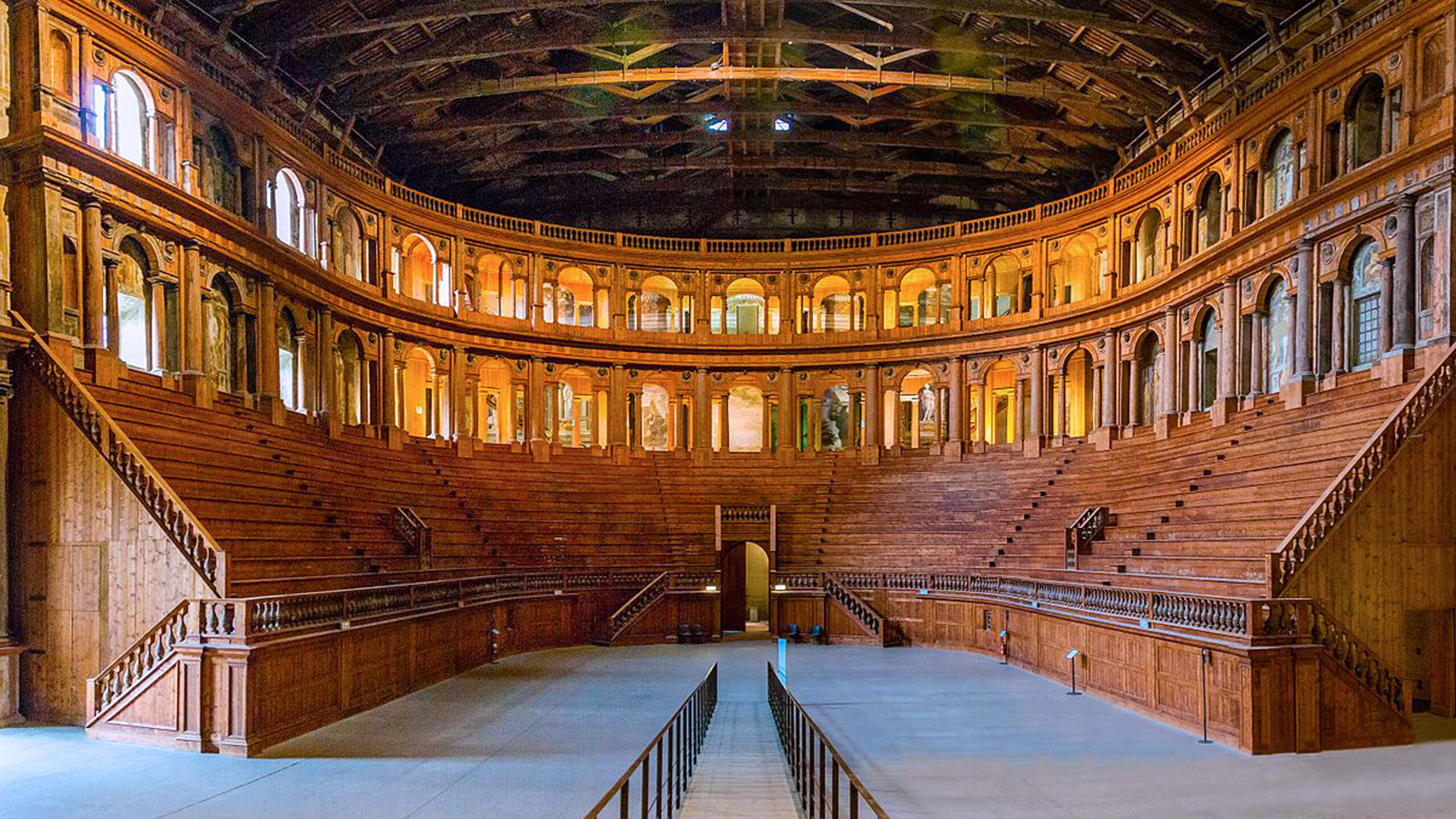After finishing the last year with Matera in Basilicata as the European Capital of Culture, it is the city of Parma that leads the way into the new decade as the 2020 Italian Capital of Culture. The unanimous decision was announced in 2018. Parma, located in the northern region of Emilia-Romagna bested finalists Agrigento, Bitonto, Casale Monferrato, Macerata, Merano, Nuoro, Piacenza, Reggio Emilia and Treviso to win the top honor. Such distinctions are nothing new for the city, which only five years ago was the UNESCO Creative City for Gastronomy.
Throughout 2020, Parma will showcase its unique Italian culture under the slogan La Cultura Catte il Tempo (Culture Beats Time) highlighting its past artistic and historic glories along with its present-day cultural innovations. Throughout 2020, the city will be offering a rich program of cultural events, from exhibitions to opera and concerts.
Parma was founded by the ancient Etruscan civilization and was made into a Roman colony in 183 BC. The city is located along the Via Aemilia, an important trading road that linked Rome with northern Europe. It quickly grew into a prosperous city. When Rome fell, the city passed among various powers, having been conquered and nearly destroyed several times. Between the 14th and the 15th centuries, Parma was at the center of the Italian Wars between France and the Holy Roman Empire. The French were finally expelled in 1515. Later in the century, Pope Paul III granted Parma as a Duchy to the Farnese family, which ruled uninterrupted for the next two centuries. It has always shown a spirit of independence, even after joining the Republic of Italy and was one of the strongest centers of partisan resistance during WWII.
Today, Parma enjoys prosperity due to its strong food industry and is famous for its architecture, music, art and education. The University of Parma is one of the oldest in the world and has been a center of learning since the 10th century. Parma also has a multitude of historical and architectural wonders to offer. Its Cathedral, built in the 13th century on the ruins of an earlier structure, is a renowned example of the Romanesque style in the Po valley, with a cupola painted by the artist Correggio in the 16th century.
The Pilotta Palace is a colossal structure located between the Po River and Via Garibaldi. It was built between 1580 and 1620 as a Court Palace during the rule of the Farnese family, designed by the architect Giovanni Boscoli de Montepulciano. Largely destroyed by an apocalyptic air raid in 1944, the south and west wings of the Pilotta were later rebuilt in the early post-war years. Today, the Pilotta is one of the most important cultural centers of Parma, holding a number of prominent establishments including the Palatina Library, the National Archeological Museum, the Farnese Theatre, the Bodoni Museum and the National Gallery.
Central Parma boasts jewels of medieval, Renaissance and Baroque architecture, including the Piazza Duomo with Antelami’s Baptistery and the imposing Cathedral, with 16th century masterpieces by Correggio and Parmigianino. In recent years, Parma has added contemporary designs to its architectural attractions, including the Barilla Centre and Auditorium Paganini, converted from an old sugar factory by Renzo Piano; the reworked Piazalle della Pace by Mario Botta and Paolo Mancini’s airy Piazza Ghiaia.
It is also a place of music. The Teatro Farnese, constructed in wood in 1619 for the visit of Cosimo I de’ Medici and the Teatro Regio (Royal Theatre), as well as the city’s opera house built in 1829. Parma gave the world two of Italy’s most famous musicians, composer Giuseppe Verdi and conductor Arturo Toscanini. You will find their legacies, not only at their birthplaces (now museums), but in the concert hall, philharmonic orchestra and annual opera festival named for them. The House of Music museum is one of the most comprehensive resources around for anyone interested in the history of Italian opera.
While art lovers travel to Florence, history buffs to Rome and fashionistas to Milan, food lovers flock to the city of Parma. Known to many as the Food Valley, famous for its Prosciutto di Parma and Parmigiano Reggiano cheese, Parma is a major destination for food lovers from around the globe. It is located in the Po Valley of the Emilia-Romagna region of northern Italy. Aside from its gastronomical draw, Parma is a city that provides a wealth of culture, art, tradition and history.
Parma prosciutto and Parmigiano cheese have made the city a household name all over the world. It is home to the top school of Italian cooking, Alma and the only place in Italy to earn UNESCO’s creative city designation for gastronomy.
Just outside of Parma is the Labirinto della Masone, the world’s largest maze, built by editor Franco Maria Ricci as a promise to writer Jorge Luis Borges. Parma has also commissioned installations outside the city center, inviting artists from elsewhere in Italy and the world to provide their own creative views of the city. Head south of Parma to Langhirano in order to learn everything about the region’s typical meat products at the Prosciutto and Salami Museum. Exhibitions shed light on the ancient Roman origins of Parma ham, the development of curing processes, farming and recipes. At the end of the tour, there is an opportunity to buy local products, tableware and cookbooks.
The three-day inauguration of Parma’s 2020 program kicked off earlier this month, amid exhibition openings, presentations, institutional events and concerts held in the city’s prestigious theaters.




